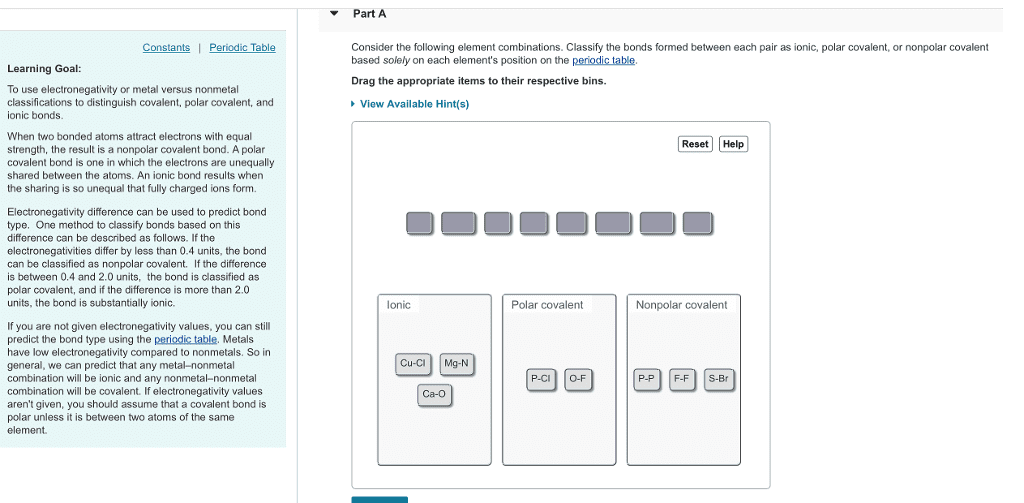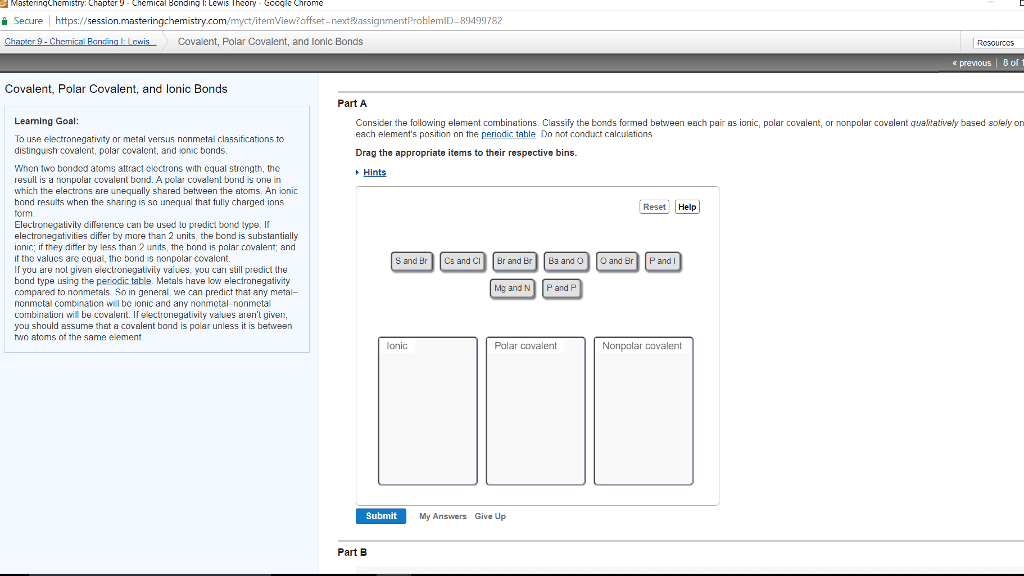Covalent bonds- bond formed by sharing of electrons between atoms: molecule- group of atoms held together by covalent bonds. Nonmetals can achieve octet by sharing electrons. Magnitudes of various attractive/repulsive forces vary based on how close atoms are to each other: too far small forces no bond, too close repulsive force strong push atoms apart. Bond length- optimum distance between nuclei in covalent bond. Diatomic molecules (2 atoms) n2, o2, f2, br2, i2, h2, cl2: for(cid:373) (cid:862)7(cid:863) i(cid:374) the periodi(cid:272) ta(cid:271)le + h. Molecular compounds- compound that consists of molecules rather than ions. Sometimes more than 2 electrons must be shared: form multiple covalent bonds. C, o, and n most often present in multiple bonds: c and n form double or triple, o forms double. Coordinate covalent bond- covalent bond that forms when both e- are donated by same atom: no different than any other covalent bond once formed.



